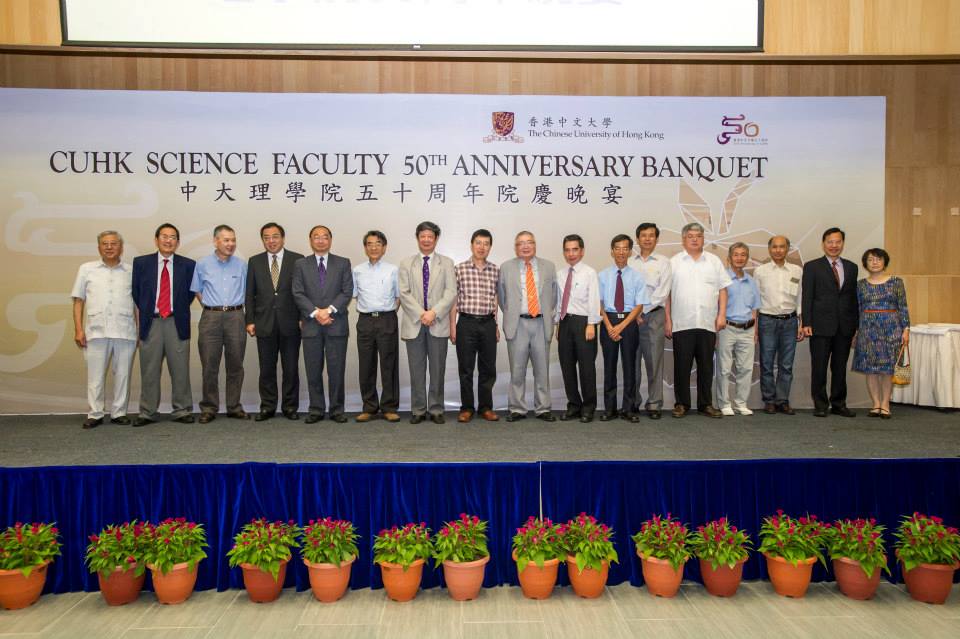The Faculty of Science is eager to transform ideas and research findings into applications in life through supporting innovative undertakings by faculty members, researchers, and students, hoping to promote knowledge transfer and benefit the society in the long run. The effort of our Faculty in promoting knowledge transfer is exemplified by the impact showcases below.
Big Data and Statistical Learning for Portfolio Risk Management (Department of Statistics)
Prof. WONG Hoi Ying (Department of Statistics)
The massive growth of the financial market creates a challenge to the portfolio risk measurement and investment decisions. Professor WONG and Professor Tony SIT’s research on statistical learning and big data methods have delivered considerable economic impacts on financial technology. Several key statistical learning methodologies were implemented in the development of the algorithmic trading and risk management platform, which helps the integration of estimation and optimization procedures together. The platform has been adopted by an international asset management firm, to construct portfolio selection strategies and calculate risk in the mutual fund, resulting in enhanced investment performance (e.g. projected annualised return of a fund increased by 12.6%) and effective stop-loss signals to the corporation.
WONG and SIT would like to make their risk calculation framework a public good after gaining practical experience from the fund. A simplified version of the risk calculator for some selected popular derivatives was launched as an online open-access educational platform for practitioners and public to understand and appreciate statistical learning theory for portfolio risk management through the Department of Statistics, CUHK. This platform revealed Wong’s research in portfolio risk measurement has aroused public awareness about the investment of financial derivatives
Colloidal Plasmonic Metal Nanocrystals: A New Page in Food Safety and Various Photonic Applications (Department of Physics)
Prof. WANG Jianfang (Department of Physics)
Professor WANG’s research group has developed robust methods for the synthesis of different noble metal nanocrystals with exquisitely controlled geometric shapes and sizes at purities >90%, with responsive wavelengths widely variable from the visible (~400 nm) to mid-infrared (~10 μm) region. This patented technology has been exploited by three spin-out companies, reaching over 1000 customers in more than 30 countries and regions. Impacts have been exerted on economy, R&D in medicine, diagnostics, biotechnologies, optical and optoelectronic devices, etc. Based on their metal nanocrystals, the team invented smart tags and applied the nanocrystals to spectral detection instruments in different fields for monitoring the quality and safety of foods, beverages, drugs and explosives, etc.
Apart from the media coverage, WANG was invited to exhibit his research works on metal nanocrystals in InnoCarnival 2018 and won Bronze Medal at the 47th International Exhibition of Inventions Geneva. The research works were showcased to the public globally and therefore achieved an extensive reach of audiences.

 Three representative colloidal plasmonic noble metal nanocrystal products in shapes of bipyramid, sphere and rod, synthesized with WANG’s novel methods.
Three representative colloidal plasmonic noble metal nanocrystal products in shapes of bipyramid, sphere and rod, synthesized with WANG’s novel methods.
Novel Fabrication of Hollow Particles Deployed in White Inks and Sunscreen Products (Department of Chemistry)
Prof. NGAI To (Department of Chemistry)
Professor NGAI’s team has developed novel methods for synthesis of submicron hollow based on particle-stabilized emulsions, which had extensive beneficial impact through applications in ink and cosmetic industries. The hollow particle has revolutionized white ink fabrication with less sedimentation and high white opacity. A Hong Kong-based technology company has successfully applied this hollow particle technology to formulate white ink in digit printing, widely sold them to electronic industries, including Lenovo, ZTE, etc. with revenue of several millions HKD in 2018.
This hollow particle technology also attracted investment from leading chemical company BASF for developing sunscreen and daily cosmetic products. NGAI’s novel technology in future sunscreen products could resolve the issue of microplastics and thus eradicating the harmful effects of existing hollow particles sunscreen products to environment which deliver long term impact in the conservation of aquatic ecosystems.
Novel Mathematical Methods Significantly Improves Efficiency and Accuracy for Computer Graphics and Medical Imaging Industries (Department of Mathematics)
Prof. LUI Lok Ming Ronald (Department of Mathematics)
The dilemma between accuracy and efficiency for conventional 3D imaging acquisition has constrained the development of computer graphics and medical imaging industries. Professor LUI’s team has pioneered research in the development of Computational Quasiconformal Geometry (CQC) and advanced algorithms for surface parameterization, “Teichmuller parameterization”, with 30% enhancement in efficiency and real-time high-precision texture mapping of 3D objects when compared with the conventional methodologies. The technology was exploited by a US-based company to launch the new 3D scanner series with market-leading inimitable high-precision and develop an algorithm that is adopted by Blizzard, Siemens, and Intel. LUI’s research is also adopted by a medical technology company. For the world’s first-ever, a cutting-edge diagnostic tool against early Alzheimer’s disease is developed. Based on the shape analysis of hippocampal surfaces, this tool allows physicians to intervene in the neurodegeneration before the symptoms occur.
 Example of texture maps on surface meshes
Example of texture maps on surface meshes
Left: Two raw 3D meshes representing human faces. Right: 2D images are mapped onto the surface meshes through quasiconformal parameterizations for surface textures. Accurate texture mapping is crucial in computer graphics for realistic visualization of 3D models.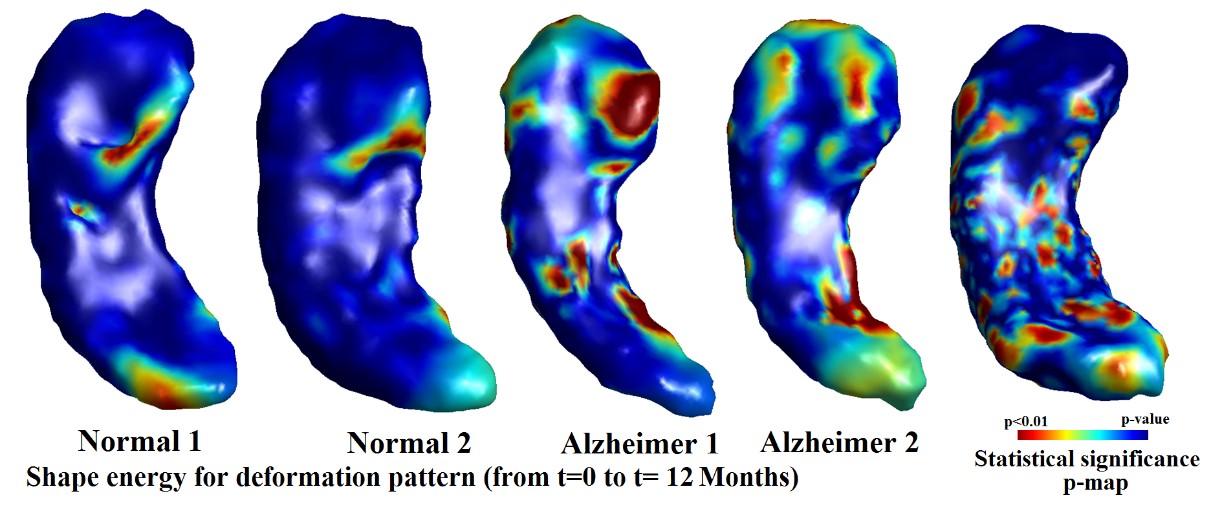
CQC can also be applied to various medical applications, such as the shape analysis of hippocampal surfaces for physicians to diagnose Alzheimer’s disease.
Stress Tolerant Soybeans Enable Climate-smart and Sustainable Agriculture on Marginal Lands in China (School of Life Sciences)
Prof. LAM Hon Ming (School of Life Sciences)
Gansu Province is in northwestern China, where precipitation is scanty and unpredictable year-round thus limiting the development of local agriculture. Pioneering research led by Professor LAM decoded wild and cultivated soybeans genome and developed 3 new salinity and drought tolerant soybeans (Longhuang 1, 2 and 3) through collaborations with local breeders in Gansu. According to the estimation of the local seed station, the accumulated acreages of Longhuang 1, 2 and 3 in total have exceeded 24,200 hectares (2016-2020) with an estimated financial benefit of RMB 31.6 million (2016-2020). Smallholder farmers in Gansu have earned extra income to improve their livelihoods by growing these novel soybean varieties. Furthermore, these soybeans were successfully used in intercropping (e.g. with maize, flax, wheat, fruit trees, etc.) and restoration of abandoned lands in arid regions, as well as soybean production and soil replenishment in remote villages of high altitude. The biological nitrogen-fixing feature of soybean also results in a reduction of fertilizer use and thus CO2 emission, together with a double benefit of reducing the emission of PM2.5. A spin-out education programme “STEAM@soybean” has been recently awarded the Quality Education Fund in 2019 to promote integrated knowledge of science and technology, and also value education to high school students.
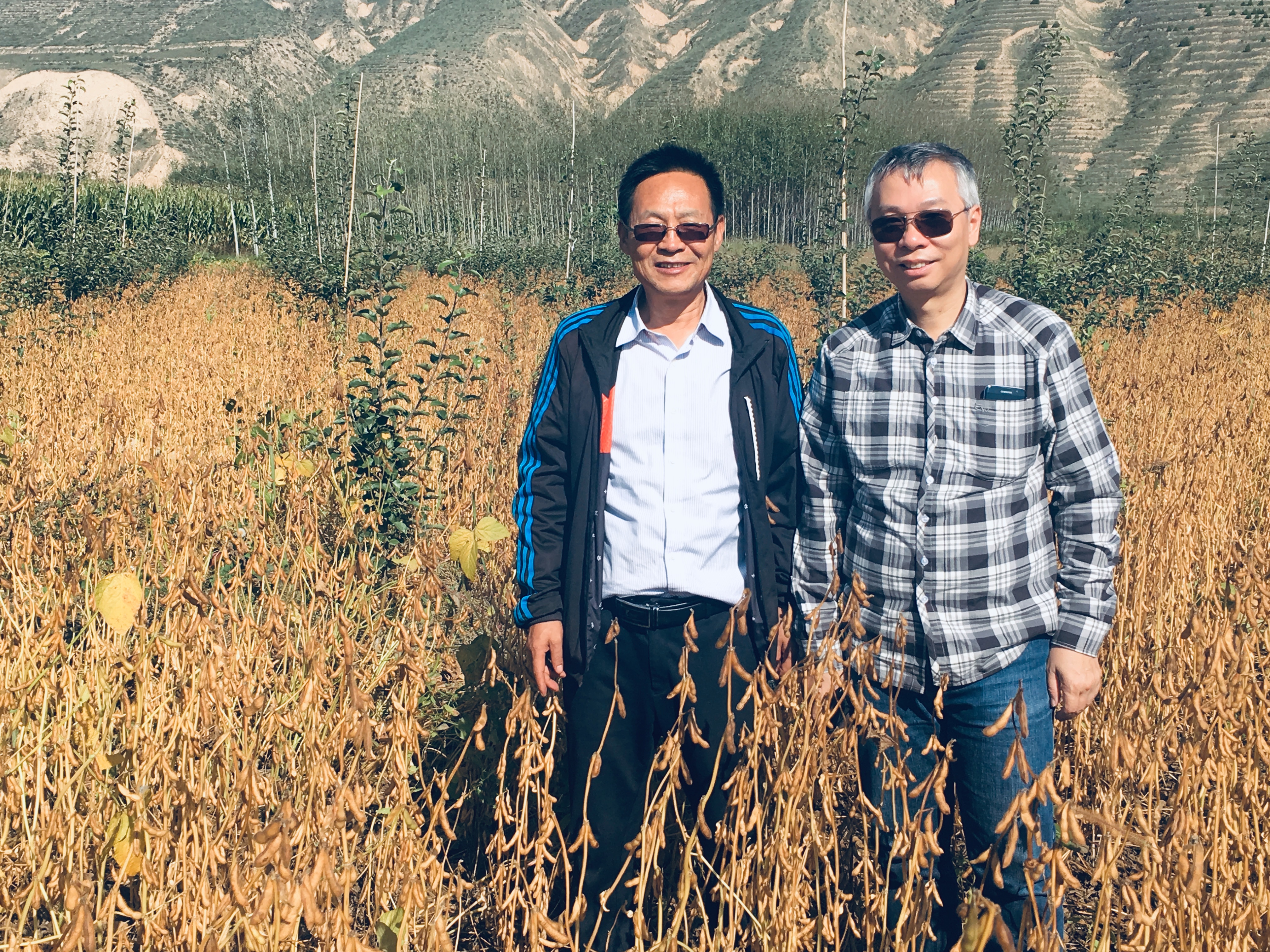 (Right) Professor LAM Hon Ming and (Left) his collaborator, ZHANG Guo Hong, the researcher at Dryland Agriculture Institute, Gansu Academy of Agricultural Sciences
(Right) Professor LAM Hon Ming and (Left) his collaborator, ZHANG Guo Hong, the researcher at Dryland Agriculture Institute, Gansu Academy of Agricultural Sciences
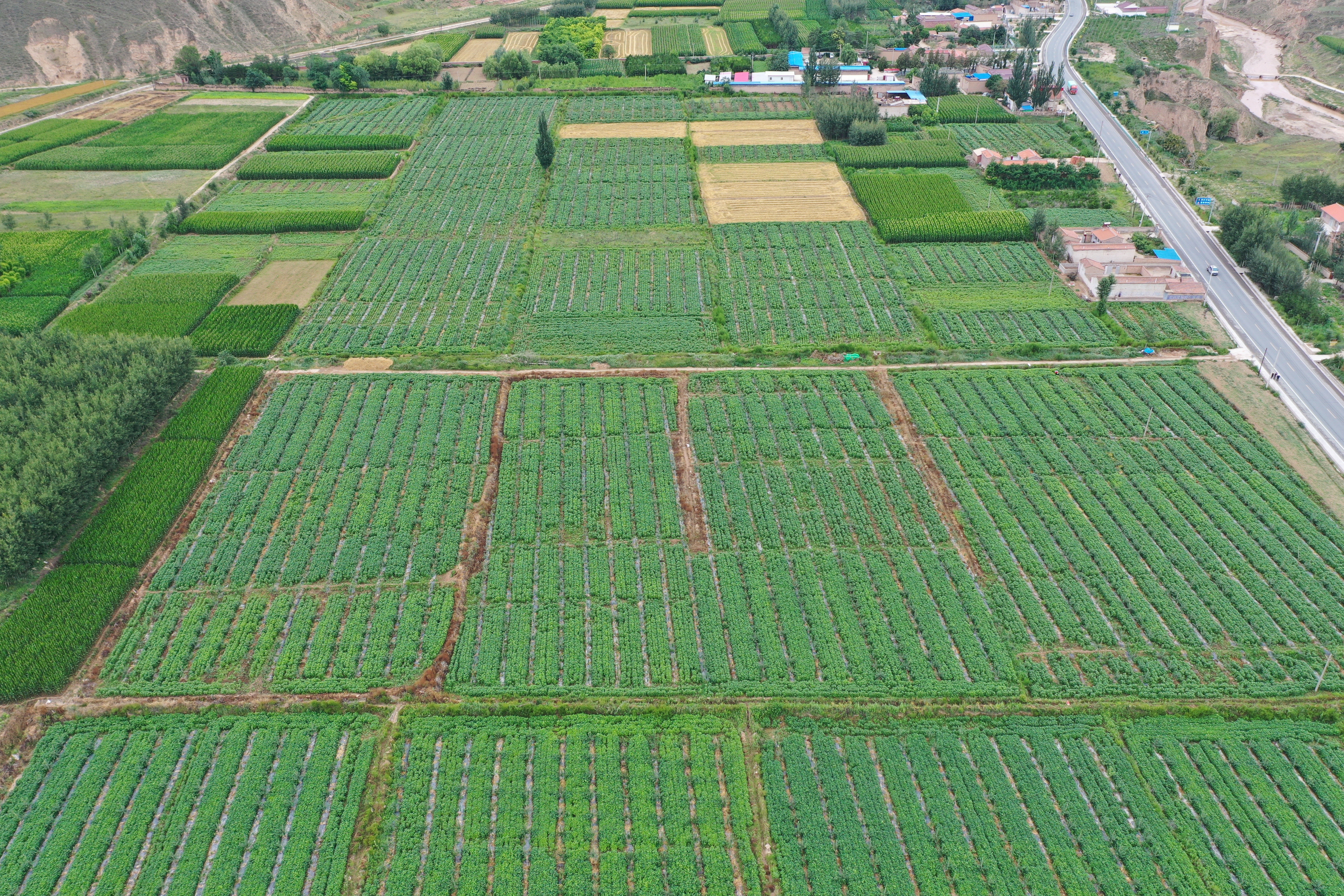
Large-scale experimental fields of Longhuang soybean cultivars in Gansu
Uncovering the Cryosphere with Artificial Intelligence (Earth System Science Programme)
Prof. LIU Lin (Earth System Science Programme)
Monitoring the cryosphere comprising glaciers, ice caps, sea ice, permafrost, and many more in a sustained manner requires constant effort. Remote sensing imagery taken by satellites is one of the helpful tools to monitor the physical properties of a designated area. The long-used AI framework, such as “DeepLab”, was developed to interpret daily images such as cats and dogs, resulting in significant errors when examining satellite images. Recently, Professor LIU Lin’s team has launched a revolutionary deep-learning method “DeepThaw”, with the capability to analyse and identify more than 800 thermokarst landforms from satellite images. This innovative AI tool was developed after countless supervised learning on learning the thermokarst features and several rounds of mapping and modelling. This tool can ease the burden of scientists on analysis work and minimise human errors. Scientists can use the spare time to conduct more frequent monitoring on the cryospheric changes to better understand the underlying mechanisms, so that they can provide science-based guidance for mitigation and adaption.
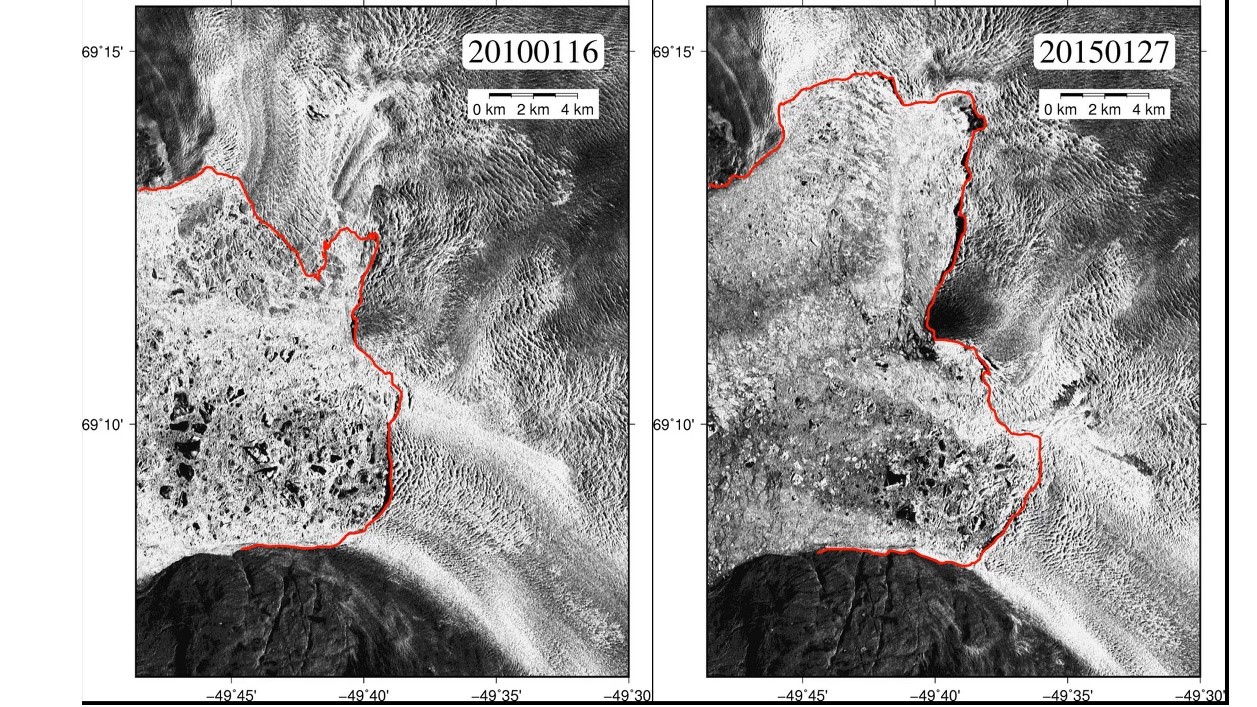
LIU’s team applied the newly developed AI-based tool to analyse the satellite images of Jakobshavn Isbrae, Greenland. The glacier has significantly retreated in just five years; “Calving Front” (red line), the junction of glaciers and the sea, is important for the stability of the entire ice sheet.










